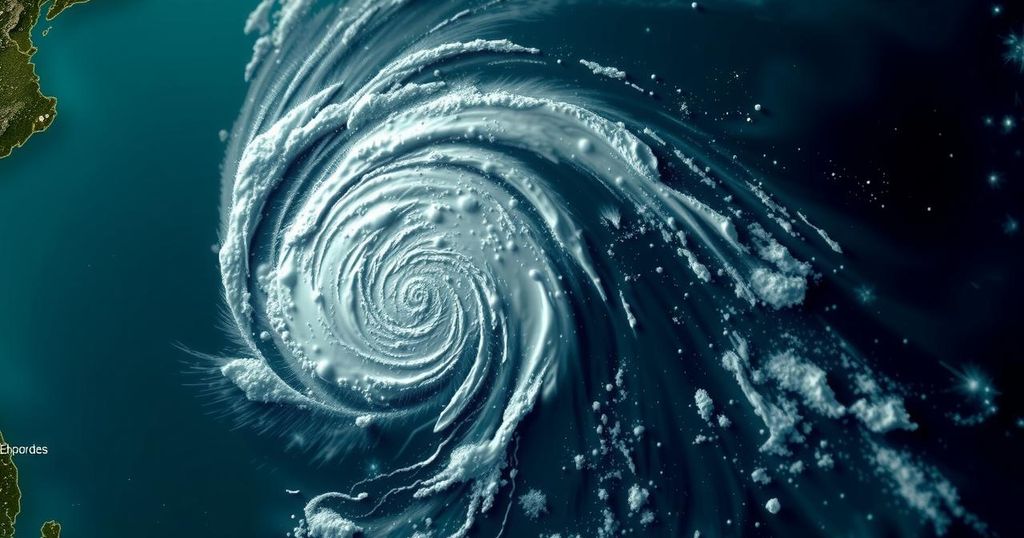Typhoon Toraji struck northern Philippines, leading to significant flooding and power outages. With four typhoons hitting within a month, authorities are preparing for another storm. President Marcos reassures that relief efforts are underway, while disaster response teams clear debris to assist affected communities. International aid is crucial in supporting recovery efforts in this disaster-prone nation.
Typhoon Toraji recently ravaged the northern Philippines, leading to extensive flooding, the destruction of trees, and significant power outages before it transformed into a tropical storm and exited to the South China Sea. The nation has been grappling with multiple natural disasters, prompted by four consecutive typhoons, including Toraji. Authorities are preparing for another storm predicted to impact the region soon. Thankfully, there are currently no reported fatalities linked to Toraji. Efforts to clear blocked roads from fallen debris are ongoing to facilitate the delivery of food assistance and aid to isolated communities. Disaster-response teams, which include military personnel and police, are actively engaged in recovery operations as President Ferdinand Marcos Jr. reassured that relief efforts are underway for those affected by Toraji, locally known as Nika. He emphasized the determination of local responders working to clear the aftermath despite adverse weather conditions. The northern Cagayan province experienced severe damage, with Toraji inundating numerous villages and causing significant disruptions, including impassable bridges and power outages in major areas. Evacuations were mandated for over 2,500 northern villages in advance of the storm, which raised alarms about potential flash floods and landslides in already saturated regions of Luzon. The archipelago has been significantly impacted this year, marking Toraji as the fourteenth weather incident. The Philippines, which routinely faces an influx of typhoons, has received international assistance in the form of food and water supplies from the United States and neighboring Southeast Asian nations to aid in their recovery efforts. The archipelago’s vulnerability to disasters, stemming from its geographical location, makes it one of the most disaster-prone countries globally. The catastrophic Typhoon Haiyan in 2013 serves as a sobering reminder of the potential devastation these storms can inflict.
The Philippines is an archipelagic country that experiences approximately 20 typhoons annually, compounded by a geographical predisposition to earthquakes and volcanic activity. The nation has a history of significant cyclones, with Typhoon Haiyan in 2013 being one of the most powerful recorded, resulting in substantial loss of life and property. These factors contribute to the Philippines’ status as one of the most disaster-prone territories, necessitating robust disaster-preparedness and recovery strategies to safeguard its population and infrastructure.
In summary, Typhoon Toraji has compounded the challenges faced by the Philippines, which is already reeling from the effects of multiple natural calamities. Despite the efforts of local authorities and international assistance, the ongoing threat of additional storms looms. It remains crucial for the government to enhance disaster response mechanisms to better prepare for future weather events and protect vulnerable populations.
Original Source: www.seattletimes.com






